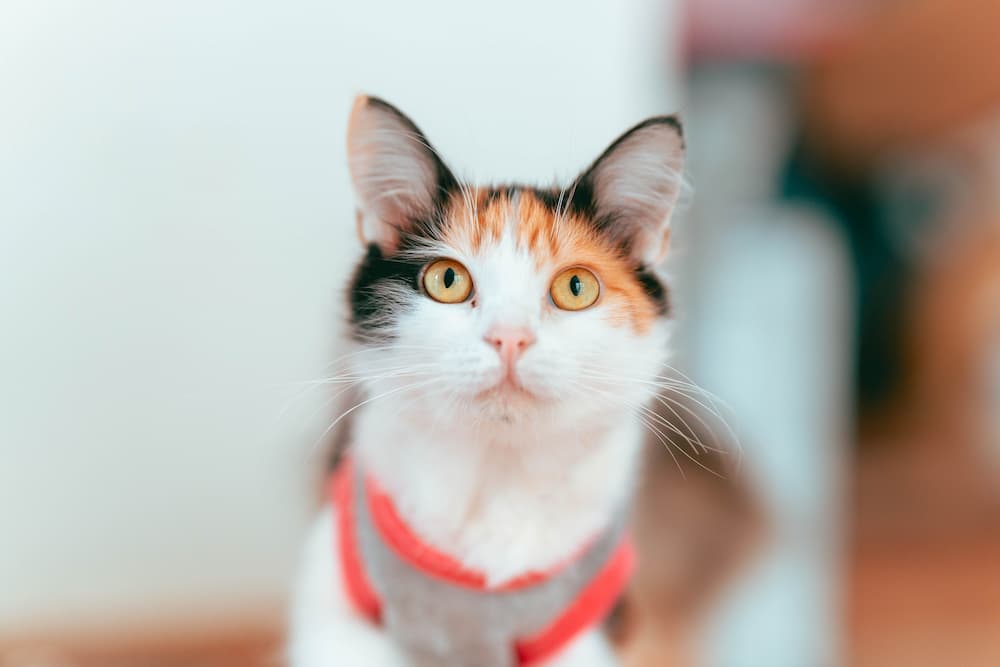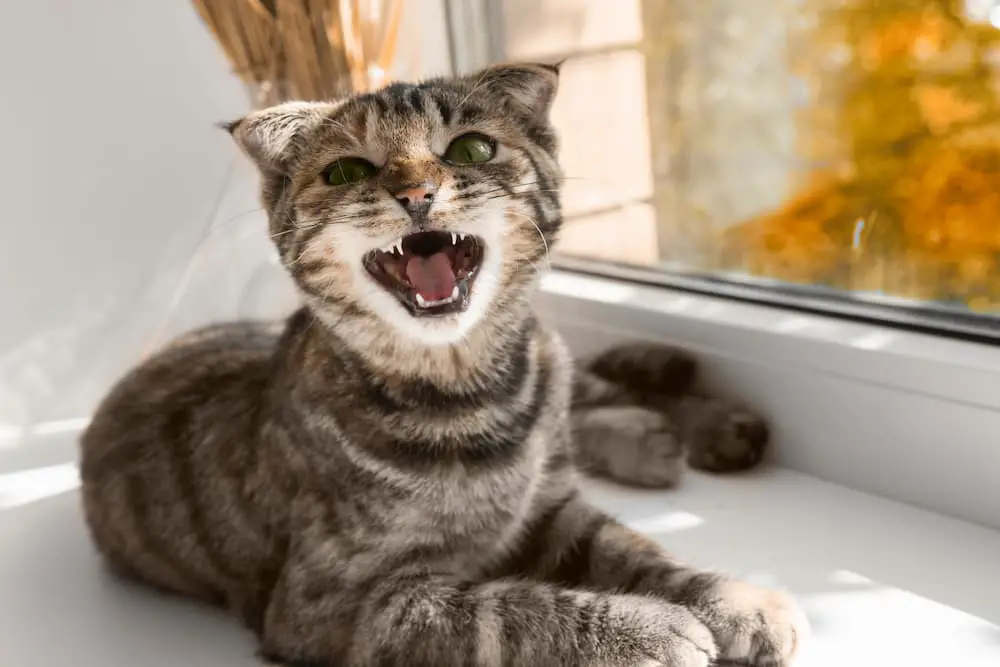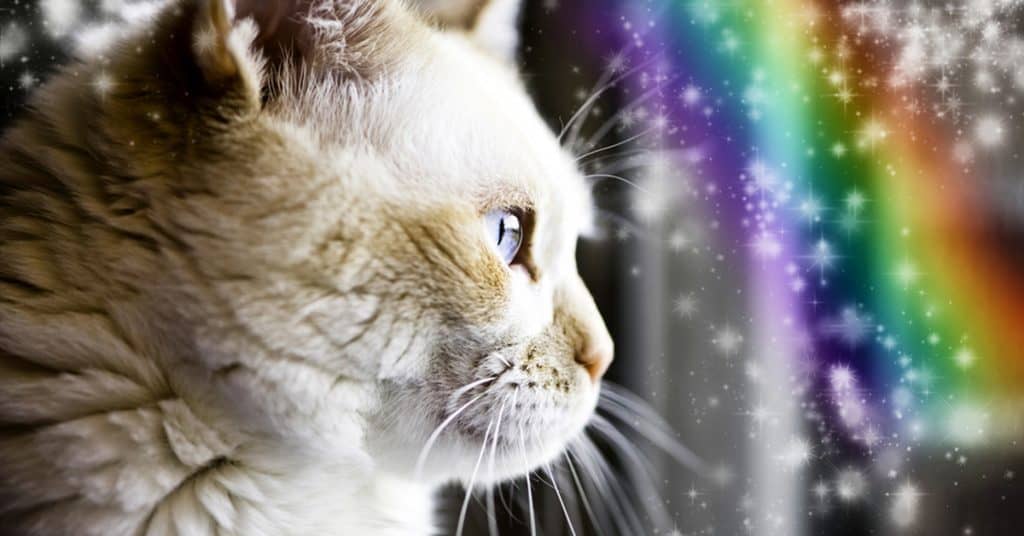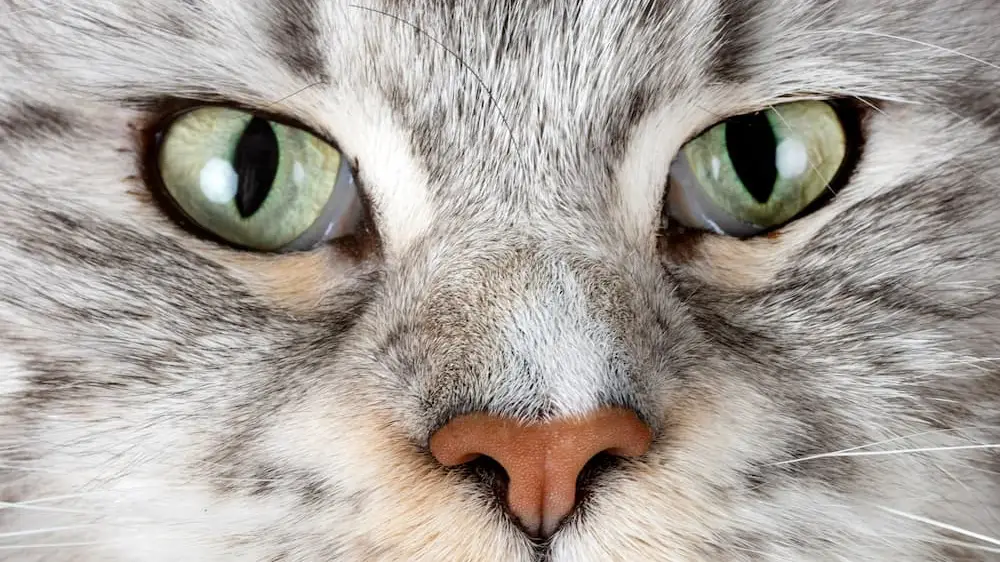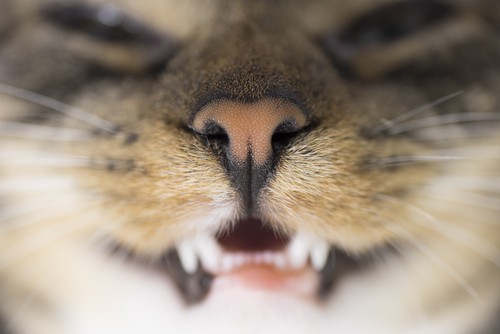
Dental disease in cats is one of the most common health issues seen by vets. As a matter of fact, about 70 to 85% of pets more than two years of age have developed some sort of dental problem. Most cats with serious dental issue though are still able to eat normally despite the pain they experience and the dangerous infections that threaten their well-being.
Feline Oral Make-up 101
Like humans and most known mammals, kittens are generally born with no teeth. Their periodontium, which refers to the structures around their teeth, include the (1) periodontal ligaments that attach the gums to the teeth, and hold it in place, (2) the alveolar bone or tooth socket, and (3) the gingiva or the gums itself.
During their first couple of weeks, the deciduous, or baby teeth, should have begun to emerge. At six weeks of age, all 26 baby teeth are expected to be visible already. During their fourth or fifth month, these teeth should have been shed, and the permanent ones should have replaced those of which have fallen off. At about 6 months of age, all 30 adult teeth will be wholly present. These 30 teeth normally include 12 incisors in front, four canine teeth (2 upper and 2 lower fangs), ten pre-molars, and four molars.
Spotting Dental Disease in Cats
Some of the signs that may indicate that your pet has a dental problem are:
- Yellow, brown, or discoloured teeth
- Bad breath
- Red and inflamed gums
- Loose or broken teeth, or teeth sitting at odd angles
- Drooling or discharge from the mouth
- Swollen face, mouth, jaws, or gums
- Doesn’t play with toys as often
- Although rare, pain or discomfort when eating
Because dental disease can have major effect on your cat’s internal organs like heart, kidney, and liver, it is very crucial that you have kitty checked for this health condition as soon as you notice the above-mentioned symptoms.

Home Care Guidelines
- Daily care at home is important in keeping your pet’s oral health at its optimum. Brushing your cat’s teeth on a regular basis can go a long way toward disease prevention. The ultimate objective of dental homecare is basically to get rid of plaque before it even becomes calculus.
- Try your best to introduce dental care while your cat is still a kitten. This way, you can help her get used to having her lips lifted, her mouth and gums touched and handled, and her teeth brushed.
- Never use toothpaste designed for humans. Ingredients in many toothpastes designed for humans are actually toxic to cats. Only use the ones that are made especially for cats. Although brushing your cat’s teeth every single day is ideal, this can be unrealistic for some cats. A reasonable and attainable goal would be brushing her teeth twice or three times weekly.
- Due to the fact that not all cats are trained to allow brushing, consider the other dental hygiene products now widely available in the market. These include gels, sprays, water additives and oral rinses.
- Now, there are some cats what will never tolerate any form of oral manipulation at all. Don’t give up and just get your kitty to the vet for regular dental check-ups every year and follow the advice of your veterinarian.


